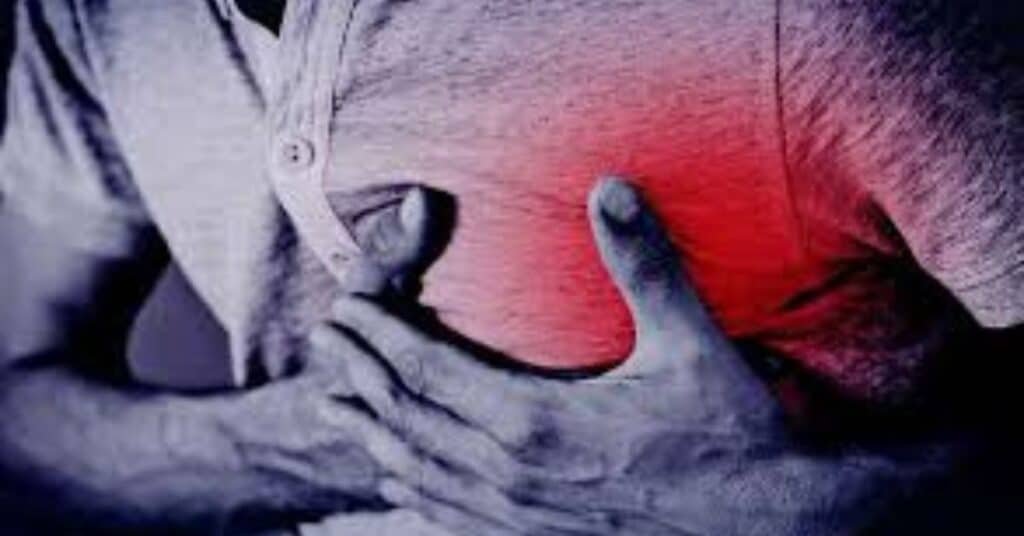ISLAMABAD (Kashmir English): An alarming rise in heart attack and cardiac arrest cases has been seen among Pakistani youth, causing serious concern among health experts.
A report says that avoidable lifestyle habits and delayed diagnosis of the disease continue to claim lives that are far too young.
The tragic death of a schoolteacher in recent weeks due to cardiac arrest while delivering a lecture, has shocked the public and sparked a wave of questions: Why are young hearts stopping so early?
According to research recently conducted by cardiology institutes across Pakistan, one in every three heart patients is under the age of 40 — a startling fact that highlights the growing vulnerability of the youth to cardiovascular diseases.
Moreover, 50% of individuals aged between 30-50 are now living with high blood pressure, while 32% have been diagnosed with diabetes — both major risk factors for heart complications.
Health professionals, however, warn that real danger lies in neglect and delayed diagnosis.
Patients usually ignore basic symptoms and routine checkups are rare. By the time a diagnosis is made, the condition is already advanced, according to senior cardiologists from Punjab Institute of Cardiology. They believe that timely medical screening and lab tests every six months can save countless lives.
Lifestyle major cause for heart diseases
Experts said that poor diet, mental stress, lack of exercise, and addiction to digital gadgets are contributing to deteriorating physical health among young people.
Majority of youth are distancing themselves from home-cooked meals and physical activity, while fast food and inactive lifestyle have become the norm.
Similarly, technology is a double-edged sword. It connects us to the world but at the same time also making us physically inactive and mentally drained.
In many cases of cardiac arrest, lack of awareness leads to avoidable deaths. The health experts emphasize the need for public training in emergency CPR techniques and ensuring basic first aid knowledge is widespread, especially at workplaces and in educational institutions.




